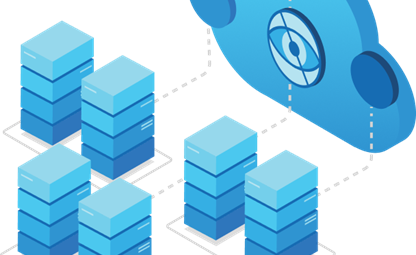25 Jul 2018
How to Think About How Machines Think

When you first start looking into machine learning, it can feel like stepping into a torrential rainstorm. There's a lot of information, and it's all coming from different direction. It also shows no sign of slowing down so you can get where you need to know.
When your job involves using machine learning but doesn't involve creating the algorithms themselves, the downpour of information might make you reconsider learning about it. But the more you know about machine learning, the better you can respond to problems, updates, and gaps in understanding. Every time you learn more about how your machines are thinking, you can get more use out of them.
Machines with neural networks think in layers.
Before there were multi-layered neural networks, there were individual neural units called perceptrons. Perceptrons could handle basic classification: yes or no, zero or one, even the classification of a pixel into any of several different color options.
But images are something far more complex, especially when you give a machine a task like facial recognition. That's where the layers step in. A neural network will take an image input and, instead of looking at it and deciding in one step if it's the right face or not, will break it down into simpler steps. For example, your machines might:
- Break the image down into relative light and dark pixels to identify shapes by shadows and lines.
- Classify different portions of an image into parts of a face, such as a nose, a forehead, and a mouth.
- Classify each of those facial features into different 'types' based on its prior learning.
- Decide if each of those features is close enough to the correct identifier image.
- Unlock a phone or program if the cumulative answer to each feature is 'yes.'
That's why machine learning keeps evolving. Every application is another bit of data added to its decision-making filter. Your programs may have created another process entirely. But once you have a bit of insight into how they see the world, you can interact with it better.
Contact our team for more machine learning tips and insights.


